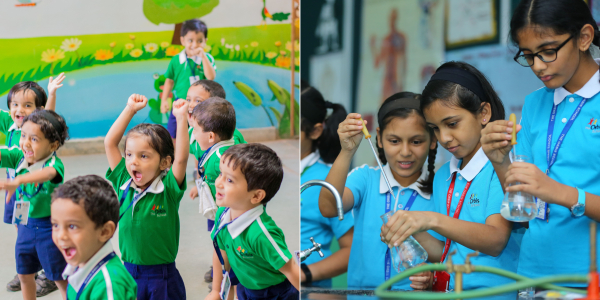Primary School
The primary school includes students from around 5 to 11 years old. It covers the early stages of formal education and focuses on building foundational skills. The primary school curriculum is designed to provide a broad educational foundation. It often includes subjects such as mathematics, English or language Arts, Science, Social Studies, and Physical Education. The focus is on building basic literacy and numeracy skills. Primary schools lay the foundation for a child's future education, providing essential skills and knowledge that prepare them for more advanced learning in secondary school and beyond. The educational experiences during these formative years are crucial for a child's academic and personal development.
Secondary School
A secondary school, often referred to as a high school, is an educational institution that provides education to students in the age range of approximately 11 to 18 years old. The specific age range can vary depending on the country and its educational system.
The curriculum in secondary schools is more specialized and in-depth compared to primary education. Students study a range of subjects, including mathematics, sciences, languages, social studies, and often have the opportunity to choose elective courses based on their interests. Secondary schools play a crucial role in the overall development of students, providing them with the knowledge, skills, and experiences needed for further education, careers, and personal growth.
Neha Gupte
CO, MS
